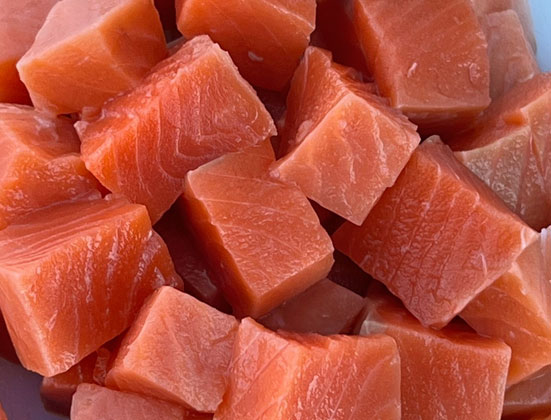Why Wild Matters
Why Wild Matters – Wild vs Farmed
There are many reasons why wild caught salmon should be preferred over farmed salmon. We believe it is important to be well informed, so please bear with us as the following contains a lot of information.
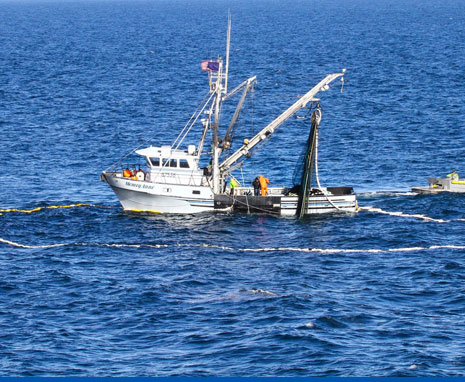
What do the terms “wild salmon” or “wild caught salmon” mean?
These terms are used interchangeably. Both mean salmon that are caught in their natural environments, such as oceans, rivers and lakes.
Wild salmon are born in freshwater and depending on the specie may spend a year or more there. As they grow in size, they migrate to the ocean where they will spend 1-7 years constantly swimming and foraging on krill, shrimp, zooplankton, insects and small fish. The likelihood of toxins being found in wild salmon is much less due to the nature of their lifecycle. Wild salmon forage over a wide area and eat a variety of marine life lower on the food chain compared to their farmed counterparts.
What is salmon farming?
Salmon farming is the industrial scale production of raising salmon in an unnatural habitat.
Salmon eggs are hatched and raised in freshwater tanks for approximately 12-18 months until they reach the smolt stage. They are then transferred to net cages in the ocean and fed pellets for one to two years. Picture a densely populated feedlot in the ocean. Salmon farming is the oceanic equivalent of industrial scale poultry and livestock farming. Crowded living conditions in all types of industrial farming can foster disease and parasites.
However, when it comes to consuming farmed salmon,the main concern is contaminants, specifically polychlorinated biphenyls (PCBs), dioxins and antibiotics. PCBs and dioxins are known to cause cancer in animals and additionally they have a long list of other harmful effects.
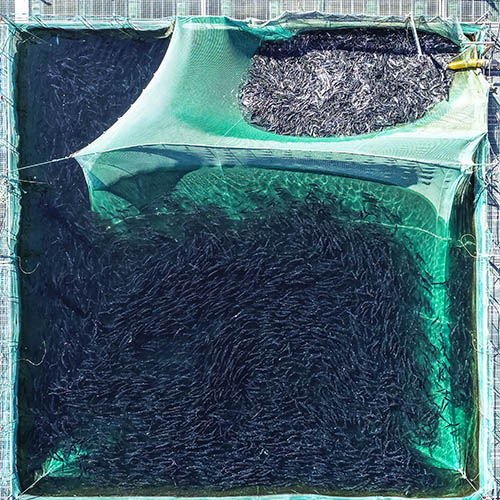
Where do the contaminants come from?
Two things – commercial feed and chemical treatments to contain sea lice infestation.
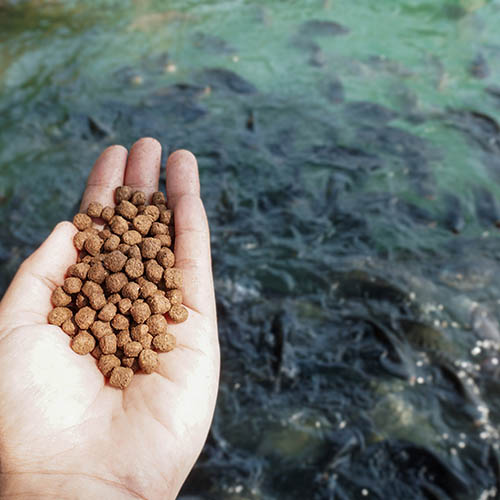
Salmon Feed
Norwegian salmon farms produce over 50% of farmed salmon sold worldwide. This requires an enormous amount of manufactured feed. The Baltic Sea located nearby provides fish that is made into fish meal which is an ingredient in feed for farmed salmon. Unfortunately, the Baltic Sea is one of the most polluted bodies of water on the planet due to the lack of exchange of water. Due to the geography around the Baltic Sea, the water is exchanged approximately every 30 years. Runoff from industrial agriculture and toxic substances from other industrial activities in the area leads to high concentrations of pollutants, such as PCBs and dioxins. PCBs and dioxins make their way into farmed salmon through their feed. Since farmed salmon are fattier than wild salmon, these chemicals bioaccumulate in fatty tissue at dangerous levels. Comprehensive sampling of farmed and wild salmon in supermarkets across the United States and Europe found much higher levels of PCBs and dioxins in farmed salmon.
Sea Lice Treatment
The most prevalent issue for salmon farms is sea lice. Sea lice causes damage by leaving lesions on fish, rendering them unmarketable. Salmon raised in crowded pens – some holding up to 200,000 fish – provide an ideal breeding ground for sea lice.
Emamectin benzoate, an insecticide, is used to treat sea lice in farmed salmon. It is added to feed and used as a bath treatment. These chemicals are then released into the environment impacting non-targeted species.
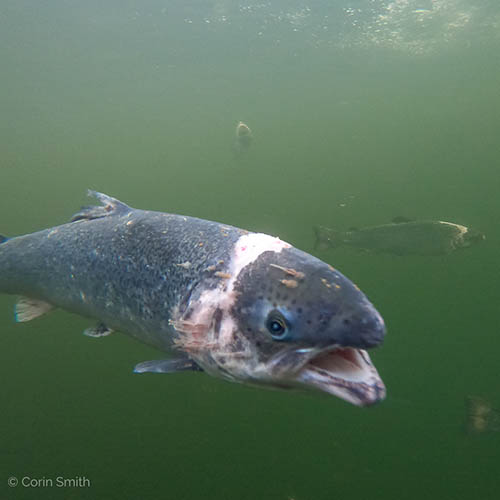
Photo provided courtesy of Corin Smith Photography

Pharmaceuticals (antibiotics/vaccines)
There are many diseases prevalent in farmed fish due to being reared in a pen. Disease and parasitic infestation are often controlled more recently through vaccination, medicinal intervention, pesticides and selective breeding. Norway has managed to dramatically decrease its use of antibiotics in their salmon through vaccination. However, antibiotics continue to be used extensively in Chile, the second largest producer of farmed salmon worldwide.
Additives (coloring)
The natural color of farmed salmon flesh is grey. Wild salmon eat krill, a naturally occurring source of astaxanthin which gives wild salmon their orange-red colored flesh. Synthetic or naturally-derived astaxanthin is added to pellets fed to farmed salmon to give them their orange color. A color measurement tool, SalmoFan™, is available for farmers to choose the desired salmon flesh color for their market – kind of like choosing the paint color for your house. It seems that something that should be naturally healthy shouldn’t need a color additive to be palatable, but that’s just our opinion.
Whether or not you decide to purchase our treats and we hope you do, please consider the previous information as it can impact your pet’s health.
If it doesn’t say “Wild” it’s probably farmed. Know where your food and your pet’s food come from.
